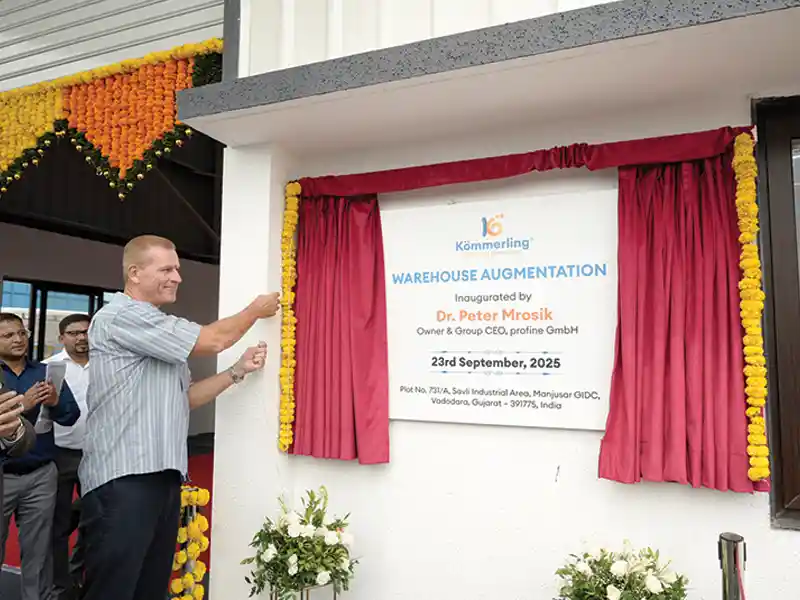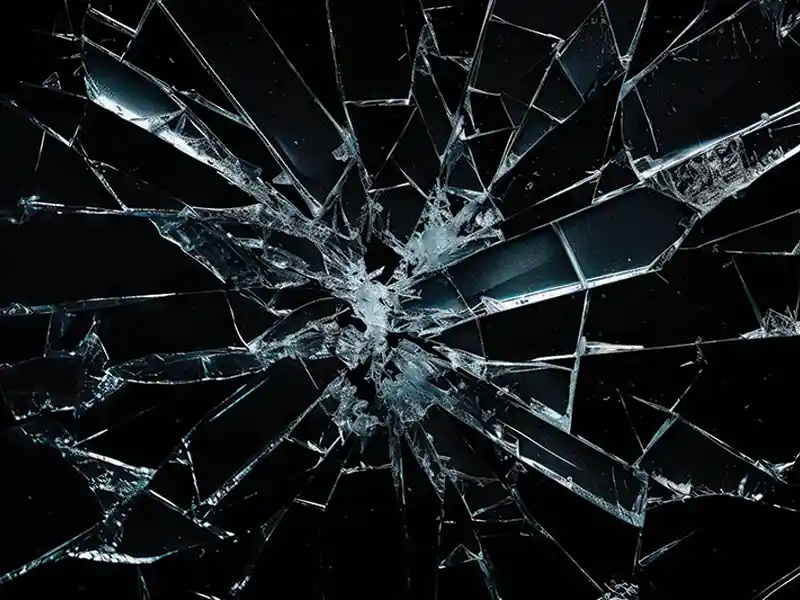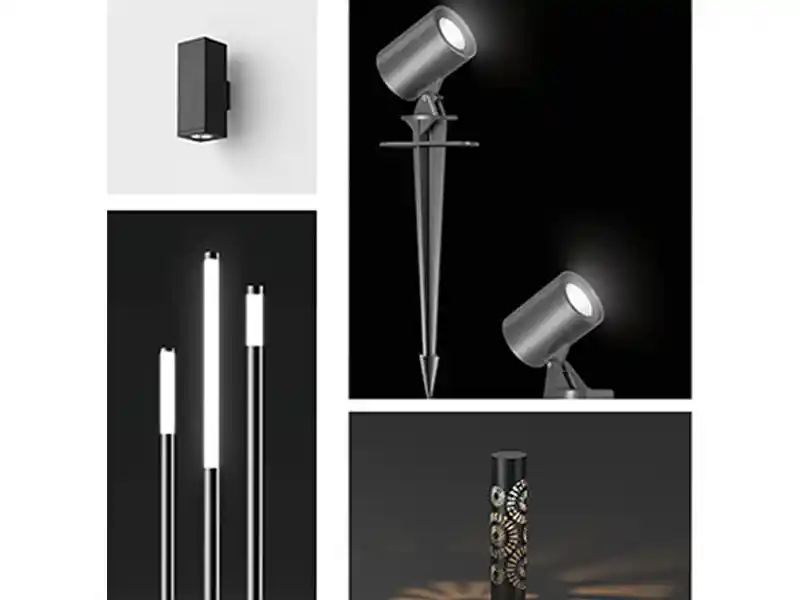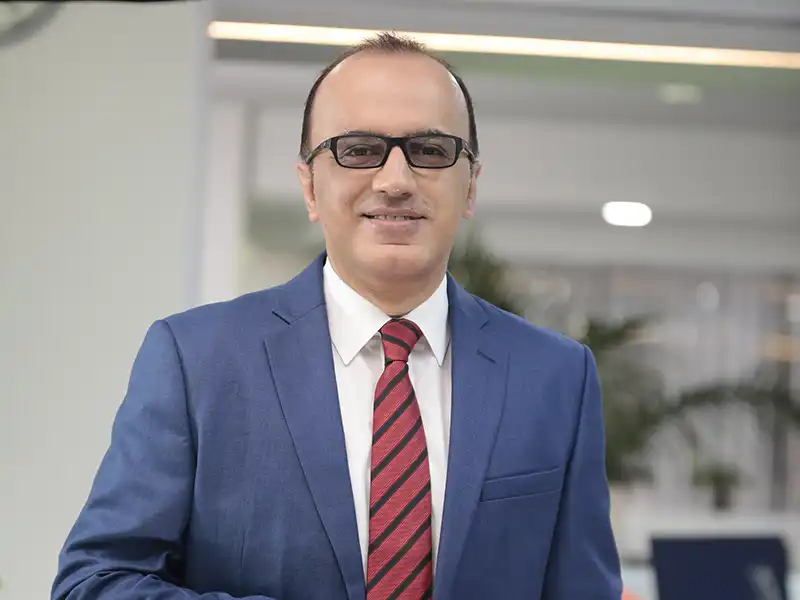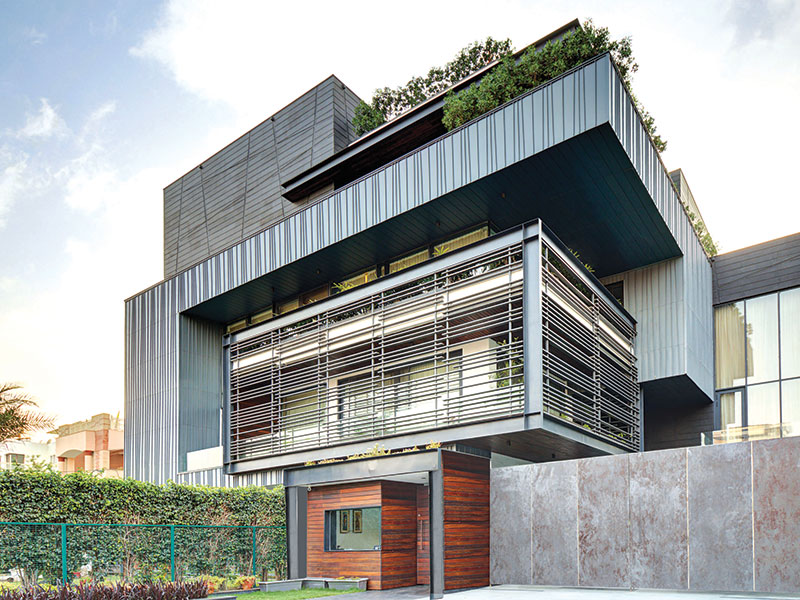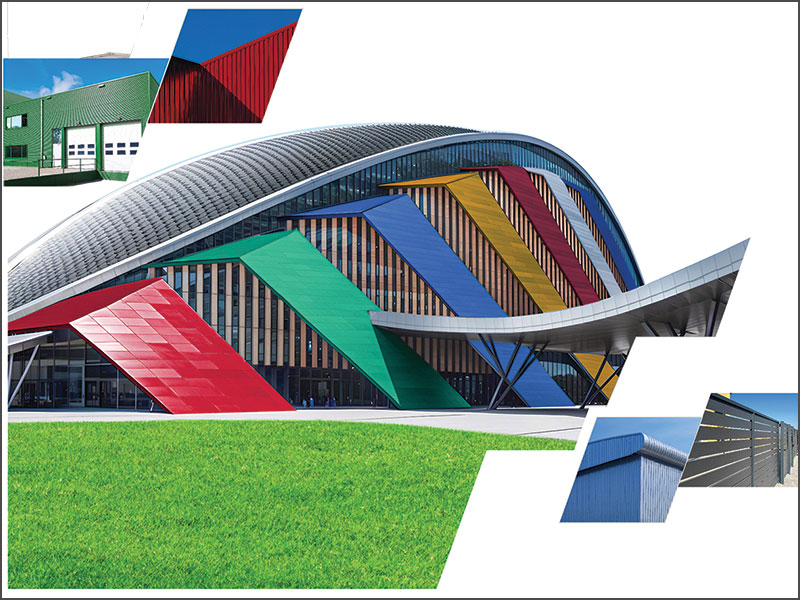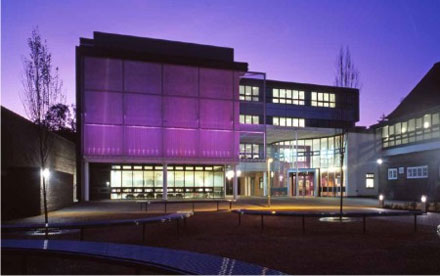
Alternate Glazing Materials
Different types of glazing materials have come to the fore as more and more architects and designers realize the need to install energy efficient materials. No one type of glazing satisfies all applications. Many alternate materials like polycarbonate (PC), polyethylene (PE), acrylic, fiberglass, and PVC are available that serve different purposes. Moreover, clients may feel the need to use two types of glazing for a home because of the directions of the windows and the local climate. Let us look at these materials separately and find out their properties.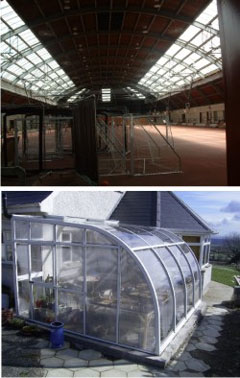
Advantages: Polycarbonate is one of the toughest carbonate sheet available, about 300 times stronger than the glass. These can be joined mechanically, solvent bonded and welded. PC also has excellent resistance to dilute acids and mineral oils and fairly good resistance towards alcohol and vegetable oils. The life expectancy is about 10 years and they have a maximum working temperature of 250 degrees F. The PC sheets are about half the weight of comparative glass products and are mainly used for flat glazing applications that require high abrasion and impact resistance.
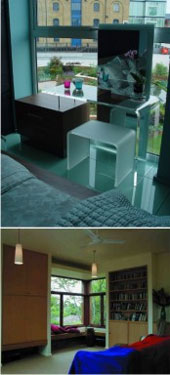
Applications: Polycarbonate is mostly used for window glazing, greenhouse glazing, space shuttle windows, astronaut visors and industrial eye protection. It is available in various colors like clear, opal, grey and bronze. Besides its application as an alternate to glass for glazing, PC also finds applications in store fonts, signage, display cases, newspaper type racks and security barriers.
Acrylic: today, is not as common as it used to be but it’s still available as a single- or double-walled material. It brings many advantages as an alternative to glass. Acrylic s0heet is made up of thermoplastics and has very good weather resistance. It is five times stronger than glass but can easily be scratched. Acrylic is relatively easy to bend around large-diameter curves and has a lifespan from 10 to 30 years.
Advantages: It offers excellent optics, is light in weight and it’s easy to fabricate. It resists breaking and inherently has a higher level of U.V. protection. Acrylic has a light penetration of 92% for sheets 30 mm thick. It can be easily heat-formed without losing its clarity.
Properties: Acrylic has good resistance to many chemicals, including salt spray or corrosive atmospheres but is attacked by aromatic and chlorinated hydrocarbons, esters, ketones and ethers. The Acrylic sheet thicknesses range from 1/16 to 4 in and the sheet sizes are produced up to 120 in. x 144 in. The only disadvantage with Acrylic glazing materials is that being softer than glass, they are more prone to scratch easily, can accumulate static, and get dustier faster than glass.
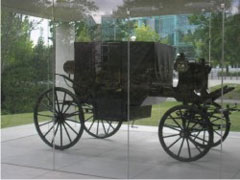
Perspex: This is the brand name for acrylic sheet produced only by Lucite International and chemically known as polymethyl methacrylate (PMMA) acrylic sheet which is manufactured from methyl methacrylate monomer (MMA). It was first used for aircraft canopies and then for a wide variety of architectural and industrial applications. It is one of the hardest thermoplastics and remains aesthetically attractive for much longer than many other plastic sheet products. It is five times stronger than float glass and internationally, it meets the glazing material requirement of ANSI Z.97 and BS 6262. The life span of Perspex is 10 years.
Advantages: Clear Perspex transmits 92% of all the visible light. It is one of the hardest thermoplastics and remains aesthetically attractive for a longer duration. It has a maximum service temperature of 80-85°C with minimum risk of thermal distortion.
Properties: Perspex is light and non-breakable, abrasion–resistant and is easy to thermoform thus ensuring cost effective production. It has a high gloss surface, making it easy to clean, thereby guaranteeing low maintenance costs. It is fully recyclable and is rated Class C to BS 6206 impact test and Class A for 8 mm and above thicknesses. There are three forms of Perspex available, Cast, Extruded and Impact Modified Perspex.
Applications: Perspex mainly finds use in outdoors, like conservatory roofs and shed windows, kitchen and bathroom splashbacks. Perspex comes in about 55 colors which include natural shades, opals and tints. Perspex also comes in exciting effects such as gloss, silk, matt, frosted, fluorescent & live edge, and pearlescent as well as a diamond surface texture.

